Hair Loss Treatment Comparison Tool
When a thinning crown starts to bother you, the first question is usually: Proscare or something else? This article breaks down the most common hair‑loss solutions, weighs their pros and cons, and gives you a clear picture of which option fits your lifestyle and budget.
Key Takeaways
- Proscare is a brand‑name finasteride pill that blocks the hormone DHT, slowing male‑pattern baldness.
- Generic finasteride offers the same chemistry at a lower price, but with the same safety profile.
- Dutasteride is a stronger DHT blocker but may increase side‑effect risk.
- Topical minoxidil and low‑level laser therapy work by stimulating follicles rather than blocking hormones.
- Surgical options like hair transplants or PRP provide permanent or long‑lasting results but come with higher cost and recovery time.
What Is Proscare?
Proscare is a branded oral medication that contains 1mg of finasteride, a synthetic 5‑alpha reductase inhibitor. It is approved in many countries for treating androgenic alopecia in men. By limiting the conversion of testosterone to dihydrotestosterone (DHT), it reduces the hormonal attack on hair follicles, which can halt or even reverse hair‑line recession.
How Finasteride Works
5‑alpha reductase inhibitor describes a class of drugs that block the enzyme responsible for converting testosterone into DHT. Lower DHT levels mean less follicle miniaturization, the main driver of male‑pattern baldness.
Common Alternatives to Proscare
Before diving into numbers, let’s look at the main contenders you’ll hear about in the clinic or online.
- Generic finasteride - the same active ingredient as Proscare, usually sold in 1mg tablets at a fraction of the price.
- Dutasteride - another 5‑alpha reductase inhibitor that blocks both typeI and typeII enzymes, offering a stronger DHT reduction.
- Minoxidil - a topical solution (2% or 5%) that widens blood vessels around follicles and promotes growth.
- Low‑Level Laser Therapy (LLLT) - devices that emit red light to boost cellular activity in the scalp.
- Hair transplant surgery - a permanent solution that moves healthy follicles from a donor area to balding zones.
- Platelet‑Rich Plasma (PRP) therapy - injections of your own concentrated platelets to trigger growth factors.
- Androgenic alopecia - the medical term for the common male‑pattern hair loss these treatments aim to address.
Comparison Criteria
To make a fair decision, we rank each option on six practical dimensions:
- Cost: upfront expense and long‑term maintenance.
- Administration: daily pill, topical spray, in‑office procedure, etc.
- Mechanism of Action: how the treatment fights hair loss.
- Effectiveness: average hair‑count gain or loss‑prevention after 12months (data from peer‑reviewed trials).
- Side‑Effect Profile: common and rare adverse events.
- Ideal Users: who benefits most based on age, stage of loss, and health status.
Side‑by‑Side Comparison Table
| Treatment | Cost (USD/yr) | Administration | Mechanism | Effectiveness* (Hair‑count ↑) | Side‑Effects | Best For |
|---|---|---|---|---|---|---|
| Proscare (Finasteride 1mg) | ≈$240 | Oral pill daily | 5‑α reductase inhibitor | +30-45 hairs/cm² | Sexual dysfunction (≈5%), mood changes | Men20‑45 with early‑stage loss |
| Generic finasteride 1mg | ≈$30 | Oral pill daily | Same as Proscare | +30-45 hairs/cm² | Same as Proscare | Cost‑sensitive users |
| Dutasteride 0.5mg | ≈$180 | Oral capsule daily | Dual‑type 5‑α reductase inhibitor | +45-60 hairs/cm² | Higher sexual side‑effects (≈8%) | Advanced loss, men30‑55 |
| Minoxidil 5% topical | ≈$120 | Apply twice daily | Vasodilator, follicle stimulant | +15-25 hairs/cm² | Scalp irritation, rare tachycardia | Women & men who prefer non‑systemic |
| LLLT (laser comb) | ≈$300 (device) + upkeep | 3‑5min sessions 3‑times/week | Photobiomodulation stimulates growth | +10-20 hairs/cm² | Minimal; eye safety warnings | Early‑stage loss, tech‑savvy users |
| Hair transplant | ≈$4,500‑$12,000 (one‑time) | In‑office surgical procedure | Redistributes existing healthy follicles | Permanent coverage of transplanted area | Scarring, infection, shock loss | Advanced loss, sufficient donor hair |
| PRP therapy | ≈$600‑$1,200 per series (3‑4 sessions) | In‑office injections every 4‑6weeks | Growth‑factor‑rich plasma stimulates follicles | +10-30 hairs/cm² (variable) | Bleeding, temporary soreness | Those seeking non‑surgical boost |
*Effectiveness numbers are averages from clinical trials or meta‑analyses published between 2018‑2024.
Deep Dive Into Each Alternative
Generic Finasteride
If you’re comfortable with a pill but balk at the brand price, generic finasteride is the obvious swap. The FDA treats both as bio‑equivalent, so you’ll see the same DHT reduction (≈70%). Real‑world surveys in 2023 showed 92% of users reported stable hair density after one year.
Dutasteride
Dutasteride blocks both typeI and typeII 5‑α reductase enzymes, delivering a ~90% DHT drop. A 2022 double‑blind study found it outperformed finasteride by 15% in hair‑count gain. The trade‑off is a slightly higher chance of libido issues, especially in men over 45.
Minoxidil
Minoxidil is the only FDA‑approved topical for both men and women. It works best on the vertex (top of the head) and needs consistent use; stopping the treatment usually results in shedding within 2‑3months. The side‑effect profile is mild, making it a go‑to for those who can’t take oral meds.
Low‑Level Laser Therapy (LLLT)
LLLT devices range from handheld combs to caps that sit on your head while you watch TV. Clinical trials in 2021 showed a modest but statistically significant increase in thickness after 24weeks. Because there’s no drug involved, it’s safe for virtually anyone, though the cost per session can add up.
Hair Transplant Surgery
Modern Follicular Unit Extraction (FUE) techniques harvest individual follicles and implant them with natural angles. Results are permanent, but success hinges on donor‑site quality. Recovery is usually 7‑10days, and the upfront cost can be steep for extensive balding.
Platelet‑Rich Plasma (PRP) Therapy
PRP uses your own blood, spins it to concentrate platelets, then injects the plasma into the scalp. The growth factors (PDGF, TGF‑β) kick‑start the hair cycle. Evidence is still emerging, but a 2023 multicenter trial reported a 28% improvement in hair density after three months.

How to Choose the Right Option
Think of the decision as a simple flowchart:
- If you are under 40 with mild recession and want a low‑cost, once‑daily regimen, start with generic finasteride.
- If you’ve tried finasteride and saw limited results, consider dutasteride (after consulting a doctor).
- If you prefer a non‑oral route or have contraindications to hormonal blockers, try 5% minoxidil or LLLT.
- If you have extensive balding and a healthy donor area, hair transplantation offers the most permanent aesthetic.
- If you like combination therapy and can afford periodic visits, add PRP to either oral or topical treatments for a possible boost.
Regardless of the path you pick, consistency is key. Hair‑loss treatments typically need 3‑6months before you notice a change, and most need lifelong maintenance.
Potential Pitfalls & How to Avoid Them
- Skipping doses - especially with finasteride, breaks reset DHT suppression and can cause a sudden shedding episode.
- Mixing conflicting meds - some anti‑androgens can interfere with finasteride’s action.
- Expecting instant miracles - realistic expectations (10‑30% increase in hair density) prevent disappointment.
- Ignoring side‑effects - report persistent sexual or mood changes to a physician; dose adjustments or switching to dutasteride may help.
Bottom Line
Proscare remains a solid, clinically proven choice for early‑stage male‑pattern baldness. Its main competitors differ more in delivery method and cost than in fundamental science. By matching your stage of loss, budget, and tolerance for side effects with the right alternative, you can build a regimen that feels personalized and effective.
Frequently Asked Questions
Can I take Proscare and minoxidil together?
Yes. Combining an oral DHT blocker with a topical follicle stimulant is a common strategy. Clinical studies show the combo can improve hair‑count gains by up to 20% compared with either alone, provided you use minoxidil twice daily and keep the finasteride dose consistent.
Is dutasteride safe for long‑term use?
Long‑term safety data up to 10years exist, mainly from prostate‑cancer patients. Most men tolerate it well, but the incidence of sexual side‑effects is slightly higher than finasteride. Talk to your doctor about baseline labs and possible dose adjustments if symptoms appear.
How long before I see results with Proscare?
Typically 3‑4months for the first noticeable slowdown in shedding, and 6‑12months for measurable hair‑count improvement. Patience pays off because hair growth cycles are slow.
Are there any natural alternatives to finasteride?
Saw palmetto, pumpkin seed oil, and green tea extract are touted as mild DHT blockers, but the scientific evidence is modest. They may work as adjuncts, but they rarely match the 70%+ DHT reduction seen with finasteride.
What should I do if I experience sexual side‑effects?
First, discuss the symptoms with your prescribing physician. Options include reducing the dose, switching to dutasteride (which some patients tolerate better), or a temporary drug holiday. In many cases, side‑effects diminish after the first few weeks.
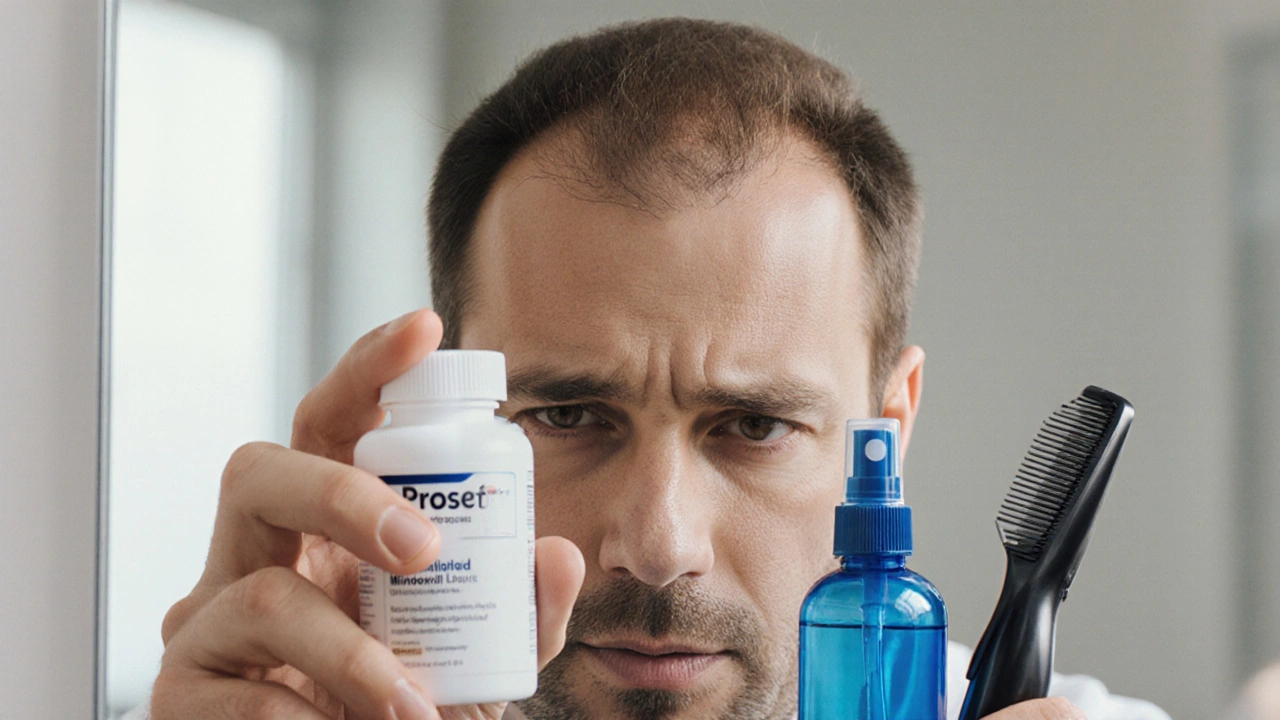
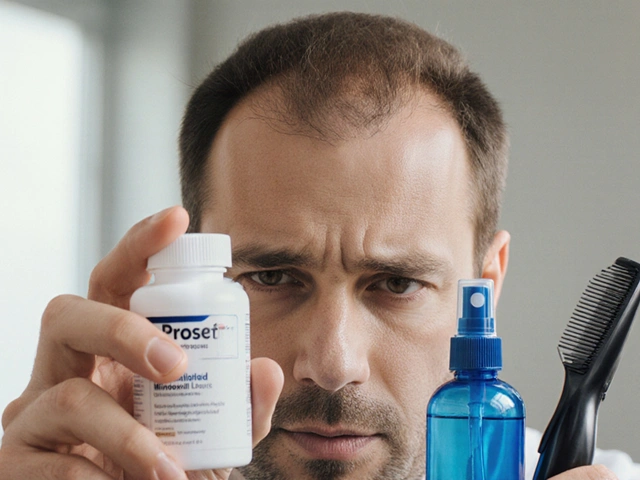
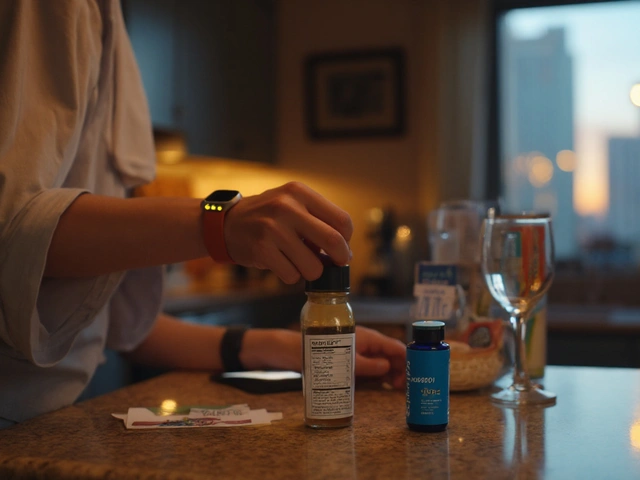
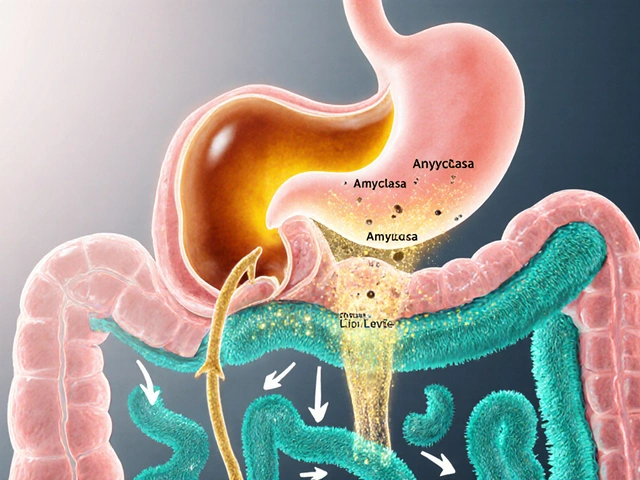
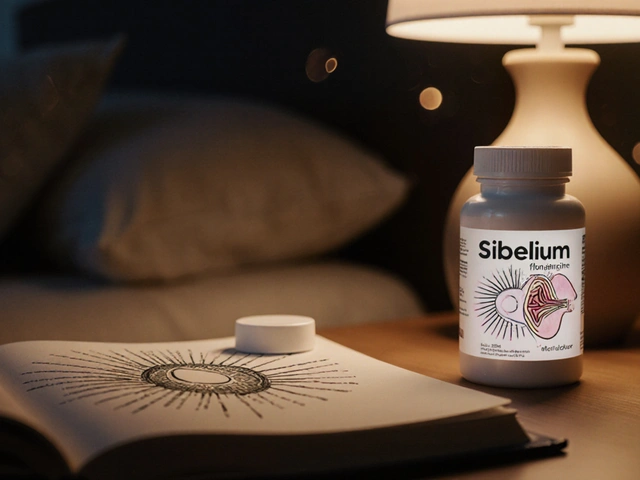
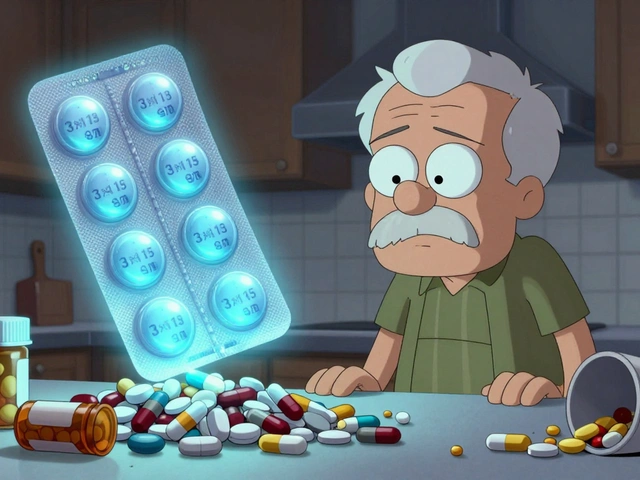
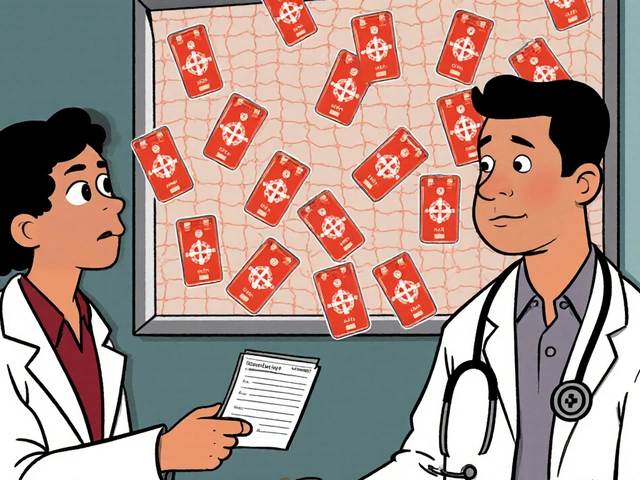
Katheryn Cochrane
October 7, 2025 AT 13:17While the table looks tidy, the real issue is the under‑reporting of sexual side‑effects for both Proscare and its generic counterpart; the 5% figure masks a spectrum of dysfunction that many patients never disclose, and the article fails to flag this as a red flag for anyone considering a hormone‑blocking regimen.
Michael Coakley
October 9, 2025 AT 10:53Oh great, another pill that promises miracles while you just gotta "dont" forget to take it daily.
ADETUNJI ADEPOJU
October 11, 2025 AT 18:26From an endocrinological praxis standpoint, the indiscriminate deployment of 5‑α‑reductase inhibitors without robust pharmacovigilance protocols exemplifies a systemic complacency that, albeit subtly, undermines the bioethical imperative of non‑maleficence in therapeutic governance.
Janae Johnson
October 14, 2025 AT 02:00Contrarily, the presupposition that cost alone dictates therapeutic adherence overlooks the sociocultural capital associated with branded pharmaceuticals, thereby rendering the cost‑benefit analysis presented herein somewhat myopic.
Kayla Charles
October 16, 2025 AT 09:33When navigating the crowded landscape of hair‑loss solutions, it's easy to feel overwhelmed by the jargon and the myriad price points.
First, recognize that the underlying biology-DHT‑driven follicle miniaturization-remains the same regardless of whether you choose Proscare, a generic, or a non‑pharmaceutical option.
Second, think of your personal routine: a daily pill fits seamlessly into a morning coffee habit, while a topical requires twice‑daily diligence that can clash with a hectic schedule.
Third, budget considerations shouldn't be a binary low vs high; many insurance plans partially cover finasteride, and patient assistance programs can offset the cost of branded versions.
Fourth, side‑effect awareness is paramount: while sexual dysfunction is reported in about 5% of finasteride users, the incidence of mood changes is less clearly quantified, so open communication with a healthcare provider is essential.
Fifth, combination therapy-pairing an oral DHT blocker with minoxidil-has been shown in meta‑analyses to boost hair‑count gains by up to 20%, offering a synergistic benefit that many overlook.
Sixth, for those hesitant about systemic drugs, low‑level laser therapy provides a non‑invasive alternative, though the upfront device cost can be steep and the evidence, while promising, remains modest.
Seventh, remember that any intervention demands consistency; discontinuing a medication abruptly can precipitate rapid shedding, essentially undoing months of progress.
Eighth, assess your donor hair reservoir if you contemplate surgical options; a well‑planned transplant can deliver permanent coverage, but it's not a cure‑all and requires a healthy scalp environment.
Ninth, PRP therapy, despite its hype, varies widely in protocol, and patients should seek clinicians who adhere to standardized session spacing to maximize efficacy.
Tenth, lifestyle factors-nutrition, stress management, and adequate sleep-play a supportive role that can amplify the results of any chosen treatment.
Eleventh, be wary of over‑promising marketing claims; no single product guarantees a full restoration of a youthful hairline, and realistic expectations are key to satisfaction.
Twelfth, if you experience any persistent side effects, a dose reduction or a trial of dutasteride may be appropriate, but this decision must be guided by a qualified dermatologist or endocrinologist.
Thirteenth, many patients find that tracking progress with periodic scalp photographs helps maintain motivation and provides objective evidence of improvement.
Finally, our community thrives when we share experiences transparently, so feel free to add your own journey to the conversation and help others make informed choices.
Paul Hill II
October 18, 2025 AT 17:06I echo the points about consistency and realistic expectations; staying on the regimen for at least six months before judging effectiveness is a solid rule of thumb.
Stephanie Colony
October 21, 2025 AT 00:40It's worth noting that many of the so‑called "generic" alternatives are produced in facilities that don't meet the rigorous standards upheld by our domestic pharmaceutical industry, which inevitably compromises both quality and patient safety.
Abigail Lynch
October 23, 2025 AT 08:13Meanwhile, the disappearance of certain manufacturers from the market after they raised their prices suggests a coordinated effort to push consumers toward overpriced branded options under the guise of safety.
David McClone
October 25, 2025 AT 15:46Sure, because what the world really needs is another chemical that tells our scalp to grow hair while we sit on the couch binge‑watching shows, right?
Jessica Romero
October 27, 2025 AT 22:20While I appreciate the humor, it's crucial to underscore that the pharmacodynamics of finasteride involve selective inhibition of type II 5‑α‑reductase, which translates to a measurable reduction in dihydrotestosterone levels; this biochemical pathway is well‑documented in peer‑reviewed literature, and patients should be counseled on both the efficacy data and the spectrum of adverse events, ensuring informed consent is truly informed.
Michele Radford
October 30, 2025 AT 05:53The article's neutral tone borders on complacency, as it fails to admonish readers about the ethical implications of promoting a medication that can alter hormonal balance without robust long‑term safety data across diverse populations.
Mangal DUTT Sharma
November 1, 2025 AT 13:26I hear your concerns, and it's completely valid to question the long‑term impact; remember that a supportive doctor‑patient dialogue-plus regular follow‑ups-can help you navigate any side‑effects that arise 😊.
Gracee Taylor
November 3, 2025 AT 21:00Ultimately, the best choice aligns with individual priorities, and fostering an open, respectful discussion will help everyone arrive at a decision that feels right for them.